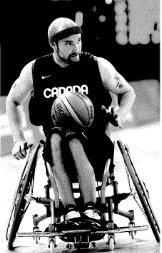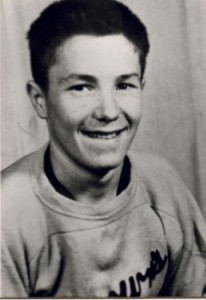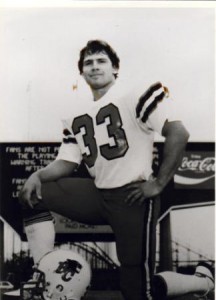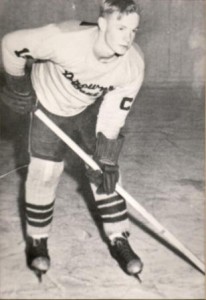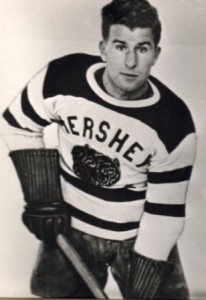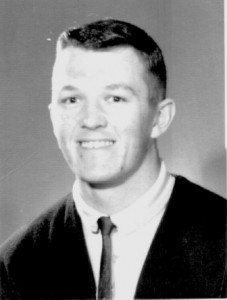 Ask anyone who saw him skate what kind of hockey talent Peter Stoutenburg had and their answer instead invariably ends with, “he was pretty good, but he was an even better person.”
Ask anyone who saw him skate what kind of hockey talent Peter Stoutenburg had and their answer instead invariably ends with, “he was pretty good, but he was an even better person.”
“The legacy he left was that he was such a decent person that you couldn’t find anyone else who had more integrity,” said Don French, who grew up playing hockey, working with and being the best friend of Stoutenburg. “If someone needed a helping hand, Pete was the first one in the dressing room to stand up and spearhead the effort.”
He played Jr. “C” as an under-aged bantam and soon movedup to the Jr. “A” ranks with Kitchener, Niagara Falls and eventually in the Montreal Metro League in 1964. After two seasons with the New England Amateur Hockey League, Stoutenburg studied and played hockey at the long-time NCAA Division One program at the University of New Hampshire. In his final year of college hockey, Stoutenburg had five goals and 20 assists in 31 games and set a record for UNH defenders with a goal and four assists in one contest.
The NHL’s Montreal Canadiens came calling and Pete attended training camp with them in 1970. He was offered a spot on the Muskegon Michigan team in the old Colonial League, but opted to pursue a career in business.
After two seasons with the New England Amateur Hockey League, Stoutenburg studied and played hockey at the long-time NCAA Division One program at the University of New Hampshire. “He always said he wasn’t exactly the best goal scorer but when you saw him skate, you felt a lot more confident about how he played,” said wife Marsha, whom Pete met while at UNH.
Stoutenburg went on to become successful in the insurance industry and was posthumously honoured by Clarica at that company’s recent convention in San Antonio, Texas for his community work.
Hockey was always a passion, however, as he played senior hockey in Barrie and Galt and coached at the Minor, Jr. ‘B’ and University levels St. Catherines, where Marsha resides.
Old-timers’ hockey was a mainstay for Pete and he always returned to the Collingwood area a couple of times a year to play in tourneys with the Legion Vets. That core of players nearly won an all-Ontario title as bantams in 1960-61. Old-timers’ hockey was a mainstay for Pete and he always returned to the Collingwood area a couple of times a year to play in tourneys with the Legion Vets. That core of players nearly won an all-Ontario title as bantams in 1960-61.
Pete took up long-distance cycling with daughter Marlo. She has become a top-flight rower, unable to attend Pete’s induction into the Hall of Fame ceremony as she was in competition at the Boston Marathon of rowing competitions on the Charles River. “If Peter was around he’d say Marlo should go to Boston instead of going to something for him,” Marsha said.
Son Curtis played Jr. ‘B’ in Thorold and at Brock University and had his first child Aug. 27 with wife Vicky. Unfortunately, Stoutenburg is the lone deceased member of the class of 2004 to enter the Collingwood Sports Hall of Fame.
Pete died of a heart attack in 2002 on a trip to his hometown of Collingwood, where he’d just purchased a condo.
 Born in Collingwood on July 29, 1929, Cal is a lifelong citizen of our community. A graduate of Victoria Public School and Collingwood Collegiate, Cal and his wife Lenora have five children – Wendy, Patricia, David, William and Carole.
Born in Collingwood on July 29, 1929, Cal is a lifelong citizen of our community. A graduate of Victoria Public School and Collingwood Collegiate, Cal and his wife Lenora have five children – Wendy, Patricia, David, William and Carole.
